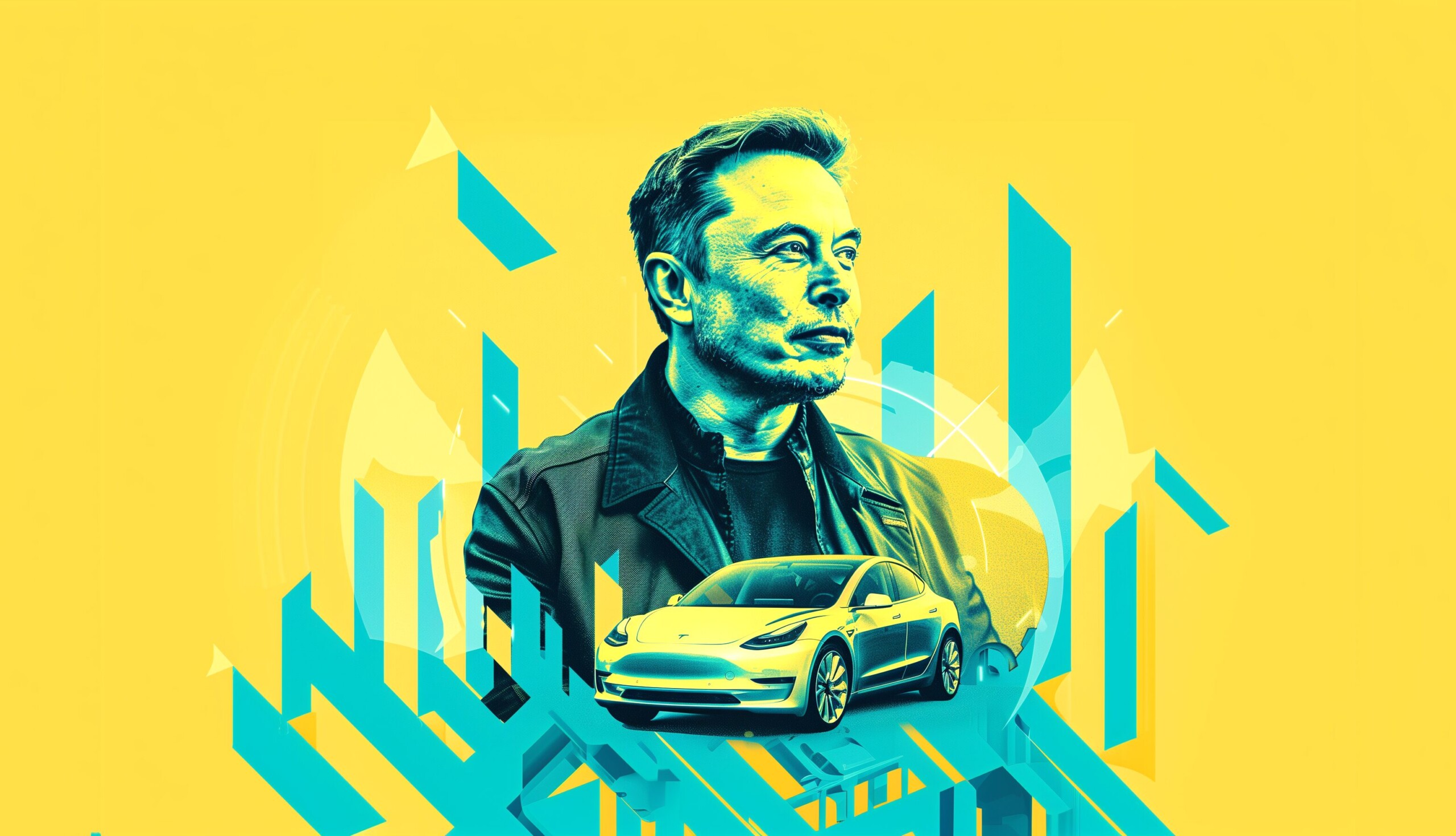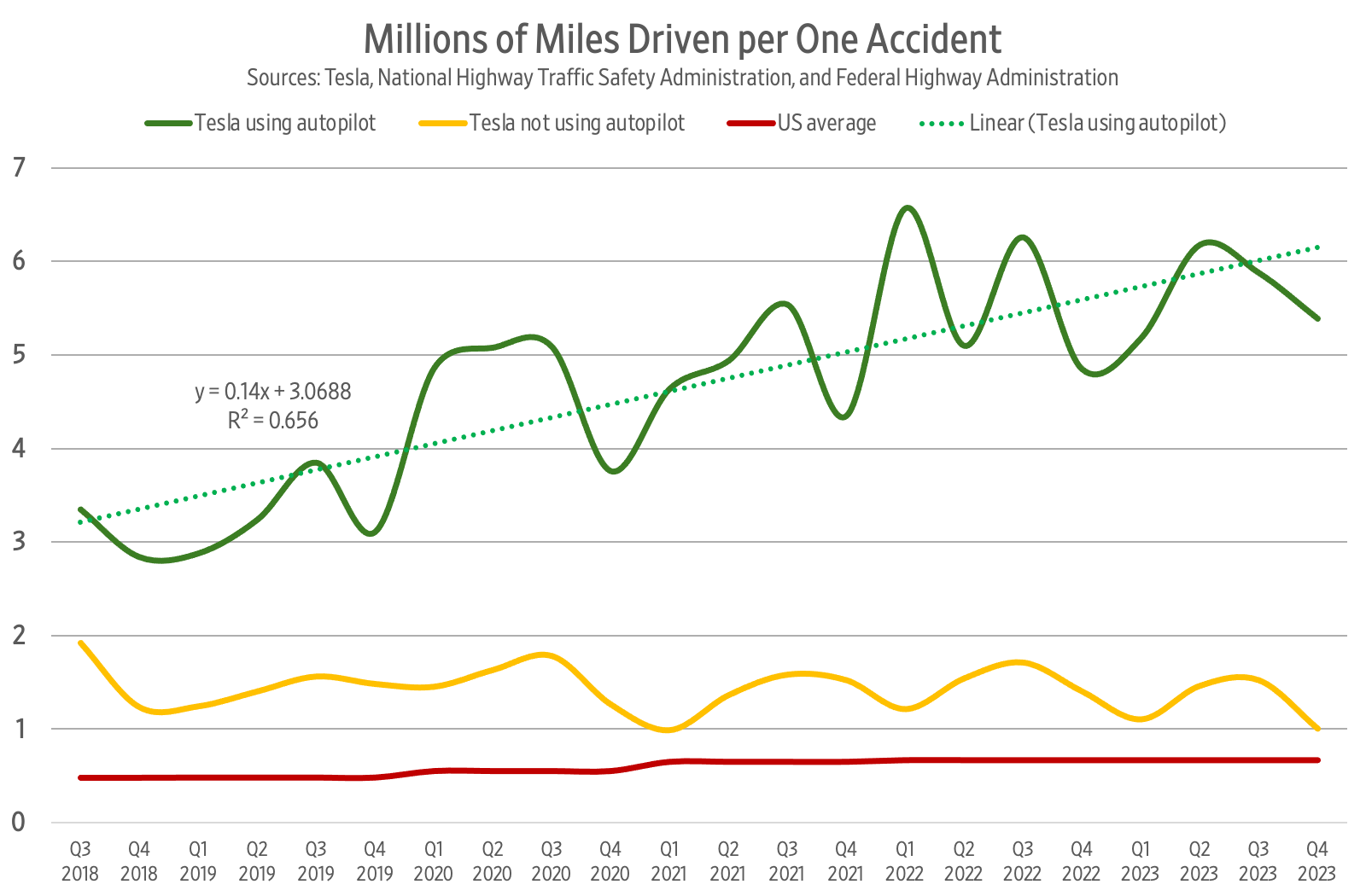Summary: The speed and cost of communication have improved dramatically over the past century and a half, thanks to the innovations of dedicated engineers and entrepreneurs. From ponies to electrons to photons, this article traces the history of how humans have used different modes of transmission to send messages across long distances. It also highlights the potential for further breakthroughs in the future that could enable even faster and cheaper communication for everyone.
This article originally appeared in Gale Pooley’s Gale Winds Substack.
Before April 3, 1860, it took 25 days to send a message 2,000 miles from St. Joseph, Missouri, to Sacramento, California. On that day, the innovative Pony Express cut delivery times to 10 days and reigned for 18 months as the fastest way to deliver information across the United States. Riders traveled 75–100 miles, switching horses every 10–15 miles.
In its early days the service cost $5 for every half ounce of mail. Blue-collar hourly compensation (wages and benefits) in 1861 was 8 cents an hour, so it took 62.5 hours of work to pay for a half-ounce letter. Blue-collar workers earn around $35 an hour today, so the cost of sending a letter would be equivalent to $2,187. Mail prices were later reduced to just $1, but that would still be equivalent to $437.50 today.

Ponies to Electrons
Western Union started building the first transcontinental telegraph on July 4, 1861. It was completed 112 days later on October 24, 1861. Two days later, the Pony Express was discontinued.
Pony Express horses traveled around 10 miles per hour. Electrons on a telegraph line travel 670,616,629 miles per hour, almost as fast as the speed of light.
With the telegraph, electrons replaced horses as the fastest way to send a message. A human operator using a telegraph could send about five bits per second. Communication speed made steady progress as telegraphs evolved into telephones and teletype machines.

Telephones allowed us to talk with one another in real time, but human beings only process around 39 bits of speech per second. Copper wires can handle that level of communication. But talking to each other is just a small fraction of the communication we do today. To move massive amounts of information, such as text, images, and sounds, we needed to go from analog to digital. We needed to convert these things to bits. Electrons can do bits, but photons are much better at it.
Electrons to Photons
To move more bits faster, we had to move beyond sending electrons through copper wire to sending photons, or light, with the innovation of fiber-optic cables using very pure glass. Almost all communication today travels through a fiber-optic cable at some stage.

How fast are fiber and photons? New Atlas has reported that engineers in Denmark and Sweden using a new optical chip have been able to send 1.84 petabits per second down a 4.9 mile fiber-optic cable. A peta is 10 raised to the power of 15, or a thousand trillion. A petabit is 1,000,000,000,000,000 (one quadrillion) bits. That is almost twice the global internet traffic per second. The researchers claim that it could eventually reach speeds of up to 100 petabits per second, or 54 times faster. This new speed record is over 80 percent faster than the previous record set just five months earlier. In mid-2020 the speed record was 44 terabits per second. Given that 1.84 petabits is 1,840 terabits, this new chip is 42 times faster than the fastest chip was just two years ago.
Twenty years ago, George Gilder prophesied a worldwide web of glass and light. The speeds have been far in excess of Gilder’s most optimistic predictions. The learning curve for transmitting information is going exponentially exponential.
The new chip can send 1.5 million years of human talking in one second. Our ability to share bits is truly wonderful. With 8 billion human beings on the planet now and almost 7 billion smartphones with inexpensive access to the world’s knowledge, we have never had a time where our ability to learn and communicate has been better. Thanks to dedicated engineers and entrepreneurs and the freedom to innovate, our world is about to experience astonishing creativity.
If you find this article valuable, please share it with a friend.
You can learn more about these economic facts and ideas in our new book, Superabundance, available at Amazon. Jordan Peterson calls it a “profoundly optimistic book.”



